It is the dry season in Cazale and the gardens depend on irrigation to survive. From as long as anyone can remember, river water is diverted from upstream and flows through a complex system of ditches to water as much land as possible.
The water flows gently through the diversion and into ditches because the ditches have a lesser drop in elevation than the river. The ditches turn and wind through the land getting as far inland from the river as possible (at the base of the hills/mountains surrounding the valley) all the while maintaining a gentle drop in elevation.
This main ditch can be opened when and where the gardens need to be watered and are “closed” with dirt and debris when not needed so the water continues to flow down to other gardens. Farmers plan the openings and schedule areas together to maximize water usage. There are some flaws to the system and those that “steal” the water at times that are not theirs, but for the most part everyone tries to work together because everyone needs the water. Some places have to cross larger rain runoffs/dry creeks and aqueducts were built to transport the water across those spans. Still other places are at steep angles where the water leaks out, is wasted, and causes erosion. Cement ditches have been constructed to keep the water moving along and protect these areas. Hoes and hands run the water down side ditches and into gardens to water trees and plants.
The most common vegetable grown during this time is beans. Lima, black, pinto, and white are among the most common. Everyone is thankful for the irrigation system that keeps the valley green and producing food while the nearby mountainsides are dry and brown from lack of rain.


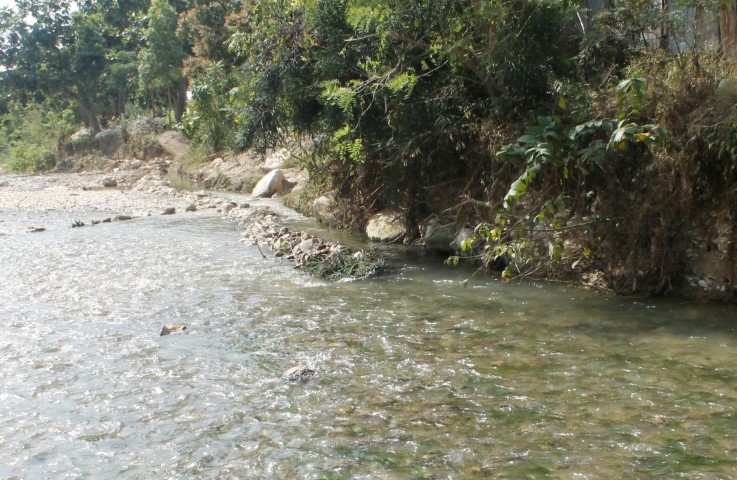
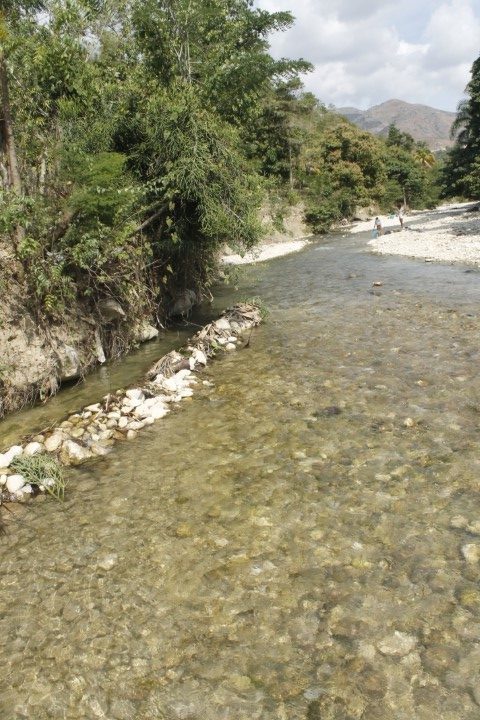
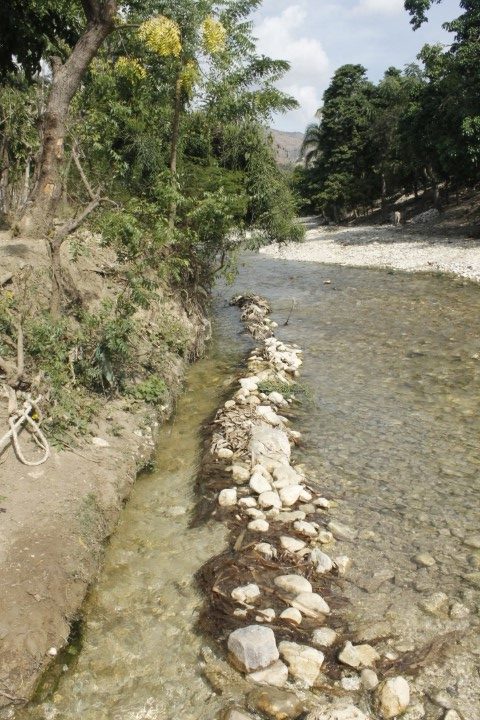
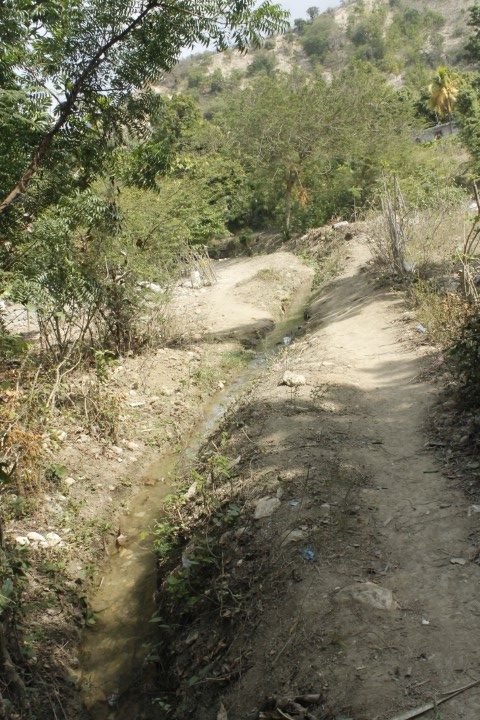
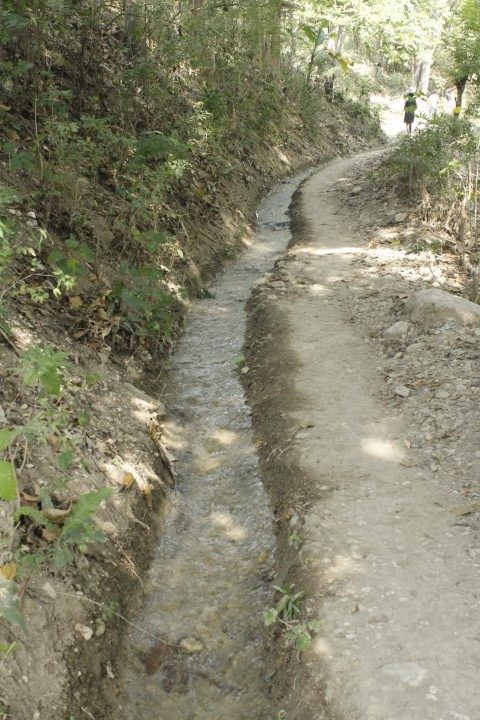
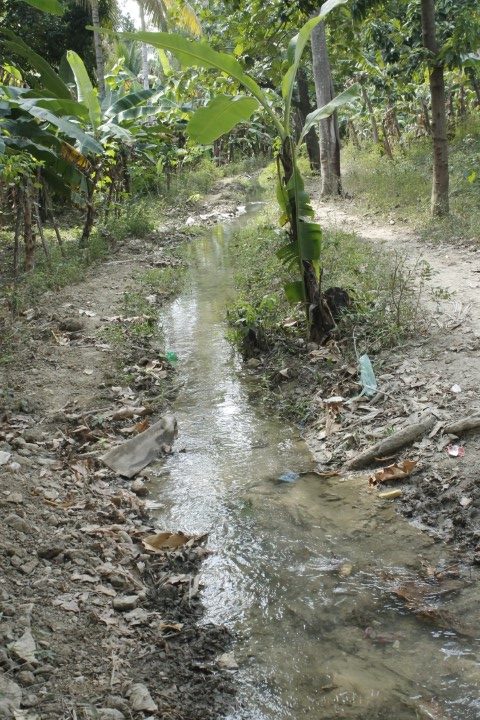
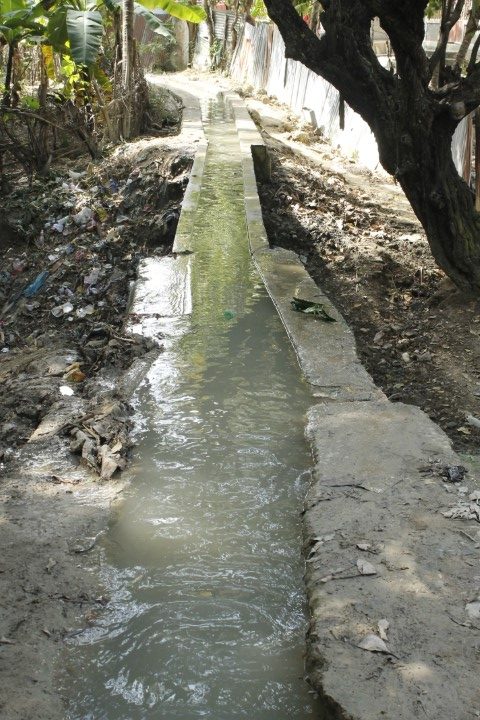
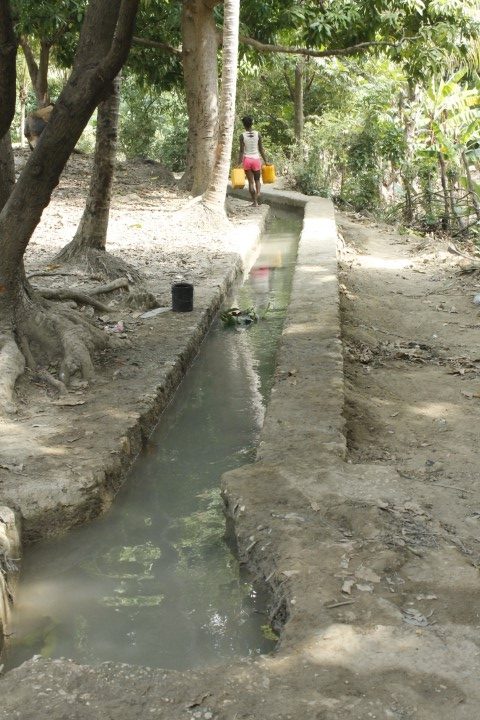
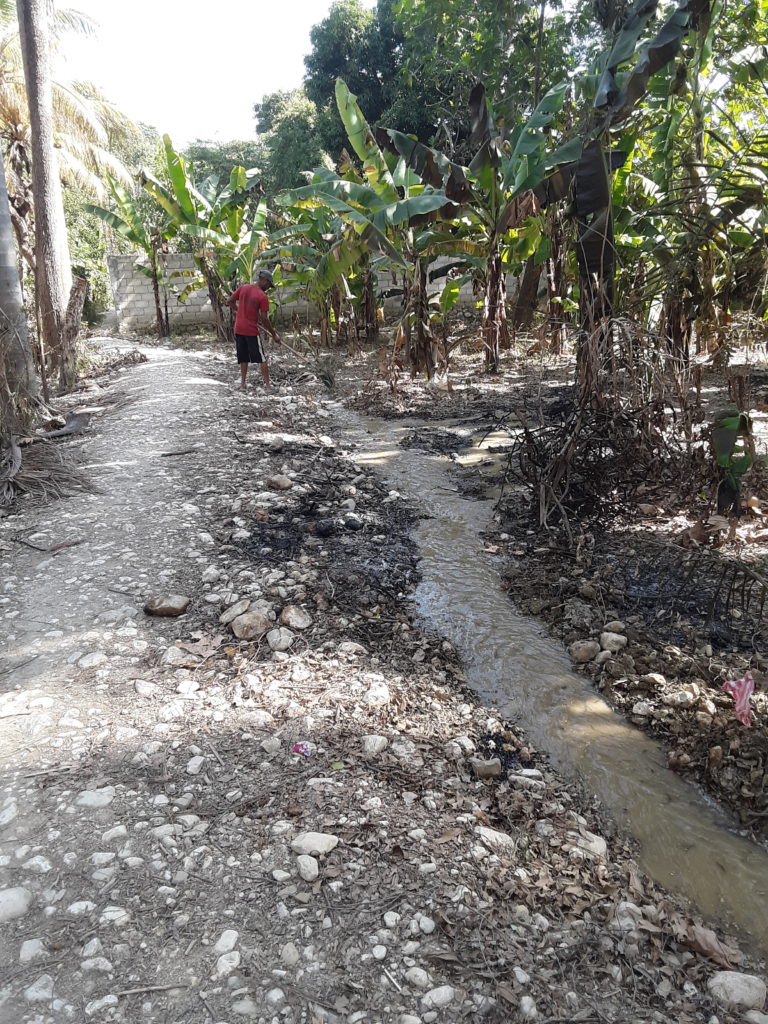
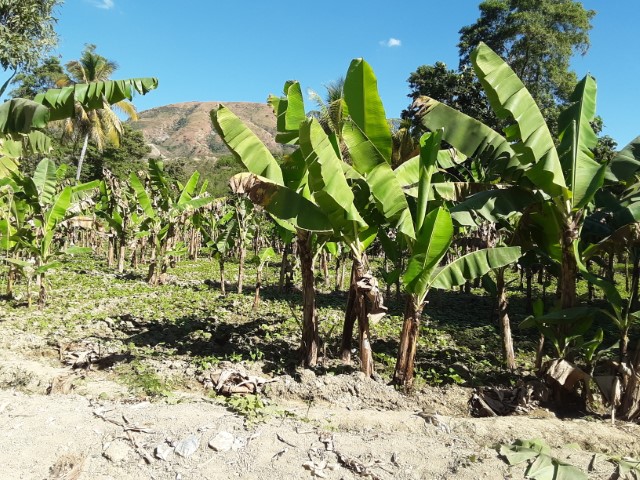
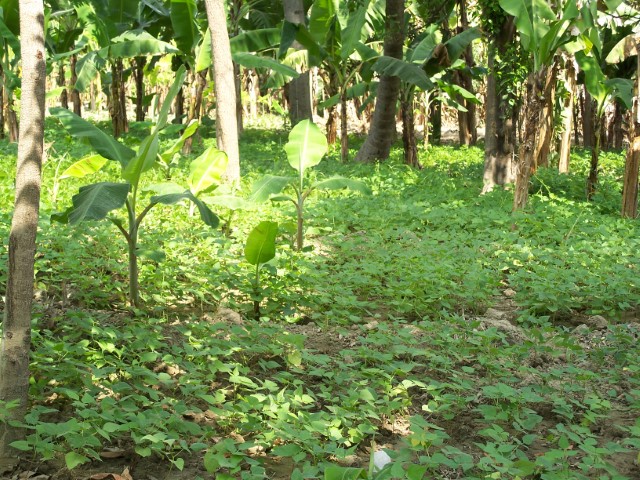
Comment(1)
Brooke Gillette says
January 18, 2021 at 11:57 amI’m thankful for the irrigation system too! Thankful to pray and give.